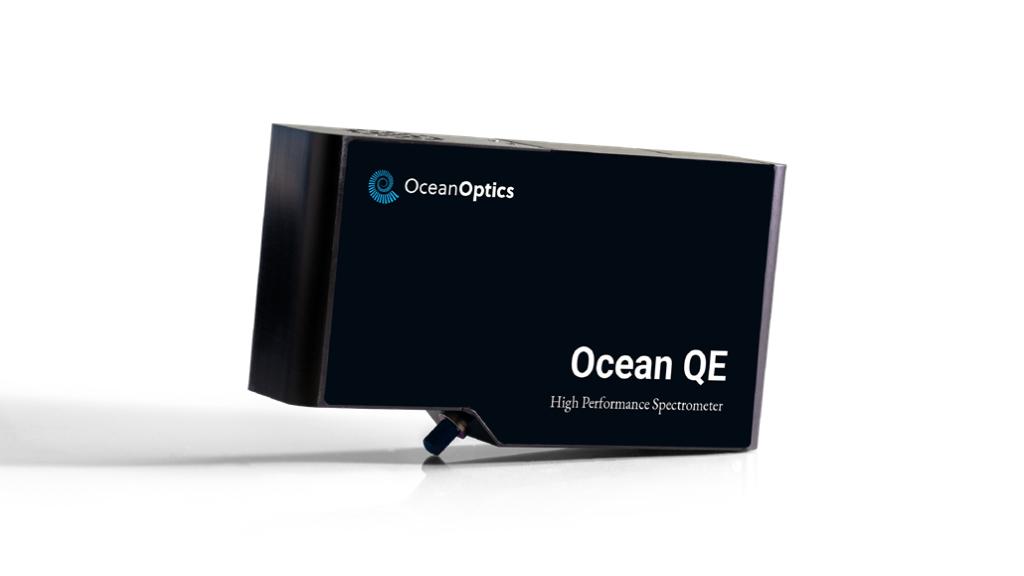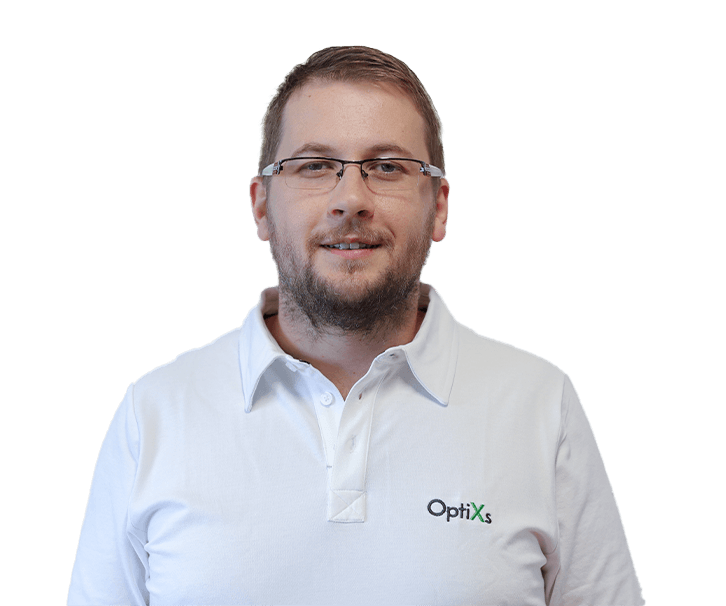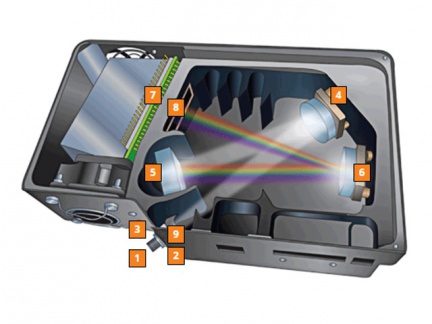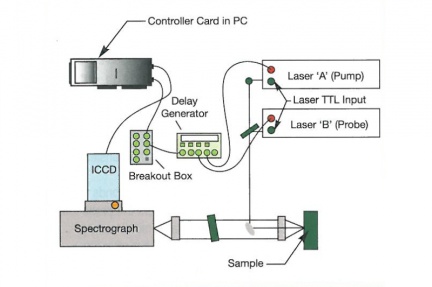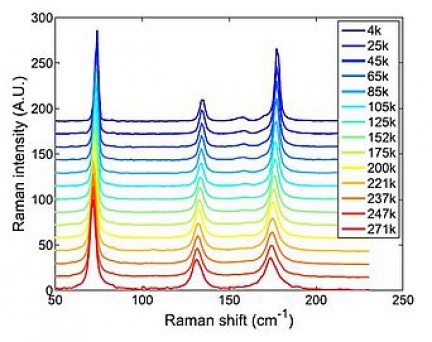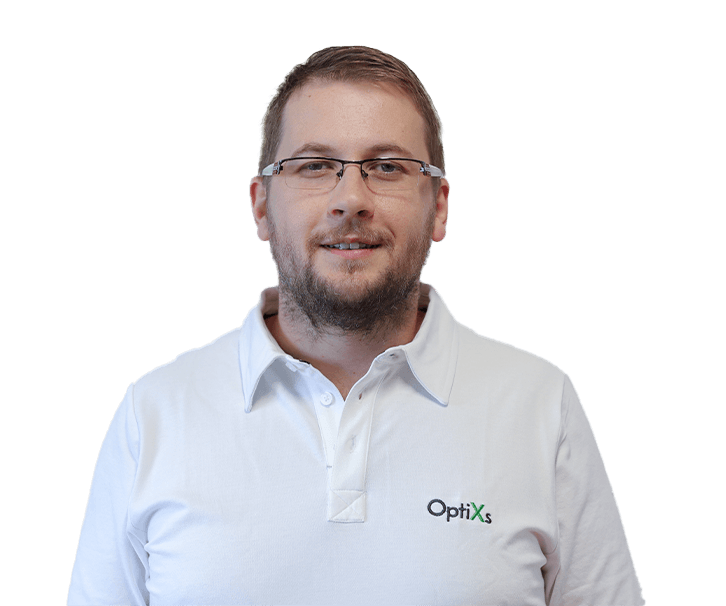Preconfigured models
For the QE Pro series, Ocean Optics also offers pre-configured models for the most common spectroscopic measurements (absorbance, fluorescence and Raman scattering) and the most requested spectral ranges.
- UV-VIS spectroscopy - QEPro-UV-VIS (200-775 nm, 10 µm input slit, spectral resolution ~1.2 nm)
- VIS-NIR spectroscopy - QEPro-VIS-NIR (350-925 nm, input slit 10 µm, spectral resolution ~1.2 nm)
- UV-VIS-NIR spectroscopy - QEPro-XR500-10 (200-950 nm, input slit 10 µm, spectral resolution ~1.6 nm)
- Absorbance - QEPro-ABS (200-950 nm, input slit 10 µm, spectral resolution ~1.7 nm, composite blazed)
- Fluorescence - QEPro-FL (350-1100 nm, 200 µm input slit, spectral resolution ~6.9 nm, composite blazed)
- Raman spectroscopy - QEPro-Raman (532 nm, 638 nm and 785 nm)
Spectrometer configuration
With a modular approach, you can configure the individual elements inside the spectrometer (diffraction grating, entrance slit, optical filters, collimating and focusing mirrors, internal shutter) to best optimize the system for your specific application.
1: Fiber optic connector
In addition to the standard SMA905 connector, a version with FC connector is also available.
2: User replaceable slot
The width of the input slit directly affects the spectral resolution of the spectrometer. The user replaceable slit set contains a total of 6 slits of different sizes (5, 10, 25, 50, 100 and 200 µm).
3: Absorption filter with top pass (longpass)
The longpass filter is used to limit the bandwidth of light entering the spectrometer or to balance the colours. It is always installed permanently and for a specific input slit.
4: Collimating mirror
The light passing through the entrance slit (and possibly the absorption filter) is directed onto the diffraction grating using this mirror. A mirror with an aluminium reflective coating is used as standard. However, a special SAG+ mirror can also be used, which absorbs almost all UV radiation.
5: Diffraction grid
The chosen diffraction grating not only determines the spectral range, but also affects the spectral resolution of the instrument. A total of 20 different gratings are available for the QE Pro series spectrometers. An interactive guide can help you find the right one. During the manufacture of the spectrometer, the diffraction grating is first placed on a platform that allows it to be rotated to set the desired initial wavelength. The grating is then permanently fixed to prevent further mechanical movement.
6: Focusing mirror
The task of the focusing mirror is to focus the generated spectrum (first diffraction orders) into the detector plane. A mirror with an aluminium reflective coating is used as standard. However, a special SAG+ mirror can also be used, which absorbs almost all UV radiation.
7: Detector
The QE Pro series spectrometers are supplied with the Hamamatsu CCD detector S7031-1006S (185-1100 nm, 1044 x 64 px, TE cooling, back-thinned, integration time 8 ms to 60 min).
8: OFLV filter to remove higher diffraction orders
OFLV (Order-sorting Filter - Longpass Variable) is applied to the detector window using a patented sputtering technology. It is used to precisely block second and third diffraction orders and thus improve the accuracy of the spectrometer.
9: Internal shutter
The optional internal shutter allows more efficient measurement of the dark signal for a given experimental setup. It is suitable for applications where changing light intensity forces the user to dynamically adjust integration times and renormalize the spectrometer (e.g., LED color measurements). The shutter can also be retrofitted to older QE Pro series spectrometers.
